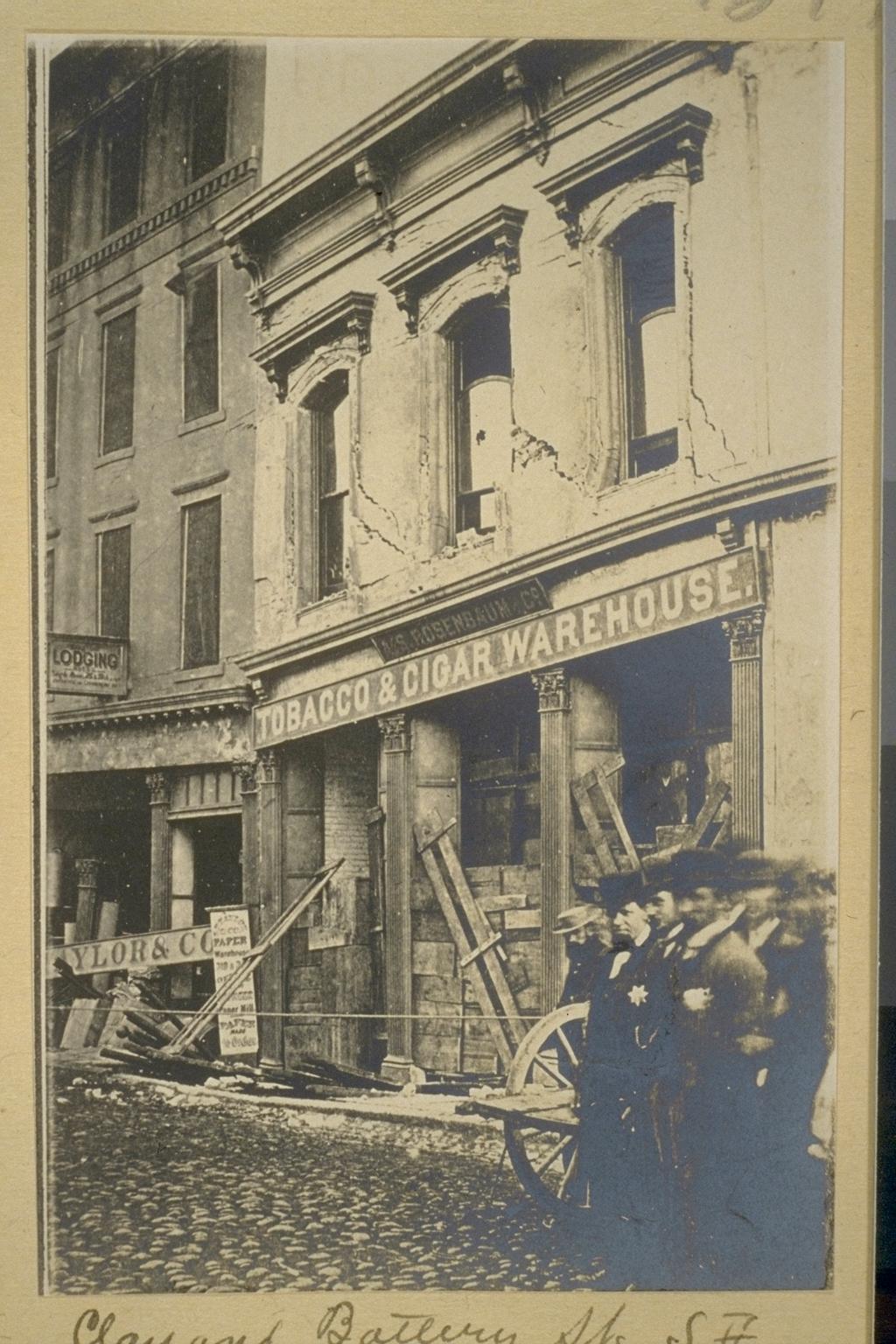I did not come away from this
course with the web design expertise I might have been hoping for (ten week
course completed: $90,000 a year job please), but that is only because I wildly
underestimated the amount of time and work required to nail down even the
basics of these tools and web design.
That said, I feel I understand enough now that I know where to find
these tools, that I could use them if I devoted myself more deeply to them, and
most of all, the computer is far less scary that it was ten weeks ago.
I might not be ready to be a
pioneer in Digital History, but I do understand much more of the basic language
when I hear people talk about computers, so I don’t have to stand there
quietly, nodding my head, pretending like I understand what they’re talking
about until I find a chance to change the subject. I also know how to take care of simple hurdles, such as
transferring file types and downloading files on Zamzar or citations via
Zotero. My html knowledge is still
week, but now I can see what pieces of sites look like in code and copy them,
even if I still have a hard time changing the code to what I want it to look
like.
Finally, I’m much more comfortable with
the simple functions of my computer itself. My Mac is only eight weeks old and I feel like I know it
better than I did in 20 years of having a PC. I had a lot of fun playing with iMovie and Garage Band and
know they won’t be a problem when it comes time to use those tools for my
podcast. In fact, I plan to make
each podcast into mini-documentary as well to post on YouTube. It’s quick, easy and fun to make a Ken
Burns style movie and will be able to reach that many more people. Here’s a video I made for my old band,
Holy Toledo. It’s crude, but I’m
getting better.
I know my Omeka site is lacking, but again, I feel like I understand the basics should I ever need to use Omeka in the future. Seeing as there isn’t a practical use for my page beyond this class I had a hard time committing the time I probably should have into taking full advantage of the Omeka.
Thanks of this class I already know
that I will be using Square Space (see blog five) when it comes time to build
my site because it has all the simple tools for web design and each page looks
unique and not “bloggy”. I have
the option of using html there, but now I know exactly the task I will be
taking on if I attempt to do so.
In other words, I won’t be nearly as cocky as I was ten weeks ago.







